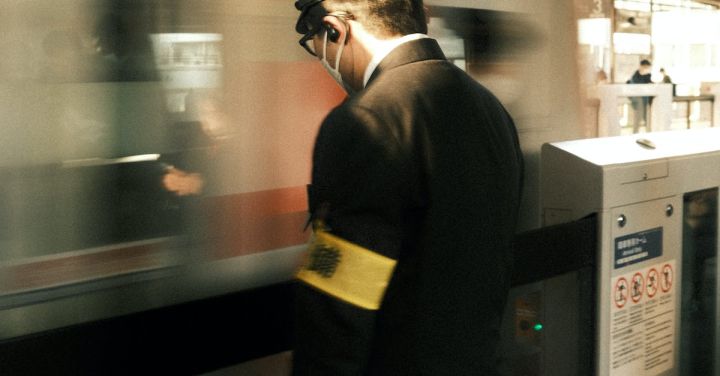Trains have long been a staple of transportation, connecting people and places with remarkable speed and efficiency. Over the years, technology has advanced, and now, we are on the cusp of a new era in train travel – the era of automated trains. These trains, driven by cutting-edge artificial intelligence, promise to revolutionize the way we commute, making travel safer, more reliable, and more environmentally friendly.
At the heart of automated trains is a sophisticated system that combines sensors, algorithms, and control mechanisms. These trains are equipped with a range of sensors, such as cameras and radar, which continuously monitor the surrounding environment. The data collected by these sensors is then processed by powerful algorithms, allowing the train to make informed decisions in real-time.
One of the most significant advantages of automated trains is their ability to enhance safety. With human error being a leading cause of train accidents, automation eliminates the risk of driver fatigue, distraction, or poor judgment. The AI-driven systems can react faster, detect potential dangers, and apply emergency brakes if necessary, ensuring the safety of passengers and preventing collisions.
Automated trains also promise to improve reliability and efficiency. By removing the need for human drivers, these trains can operate with unparalleled precision and consistency. They can stick to schedules, maintain optimal speeds, and adjust their routes based on traffic conditions. This level of control not only reduces delays but also optimizes energy consumption, making train travel more sustainable.
Moreover, automated trains have the potential to transform the passenger experience. With the elimination of human operators, these trains can be designed with a focus on passenger comfort and convenience. Imagine spacious interiors, ergonomic seating, and smart features that enhance the overall travel experience. Additionally, the absence of driver cabins allows for increased capacity, reducing overcrowding and improving accessibility for all passengers.
While the benefits of automated trains are undeniable, they do raise concerns about job displacement. With automation taking over the roles traditionally performed by train drivers, it is natural to wonder about the fate of these workers. However, it is important to note that automation has historically created new job opportunities rather than eliminating them entirely. The transition to automated trains may require retraining and upskilling for current train drivers, but it also opens up avenues for employment in areas such as maintenance, monitoring, and system development.
The future of automated trains is exciting, but it is not without challenges. One of the primary obstacles is the integration of these trains into existing infrastructure. Retrofitting existing tracks and implementing the necessary communication systems can be a complex and costly endeavor. Additionally, ensuring the cybersecurity of these automated systems is crucial to prevent potential hacking or malicious interference.
Nevertheless, the future looks promising for automated trains. As technology continues to evolve, we can expect further advancements in AI and automation, leading to even more efficient and intelligent train networks. The potential for seamless interconnectivity between trains, traffic management systems, and other modes of transportation holds the promise of a truly integrated and sustainable transportation ecosystem.
In conclusion, automated trains are set to transform the way we travel, offering improved safety, reliability, and passenger experience. By harnessing the power of artificial intelligence, these trains can navigate complex environments, make split-second decisions, and optimize their performance. While challenges remain, the future of automated trains is bright, and it is only a matter of time before they become a common sight on rail networks around the world.
